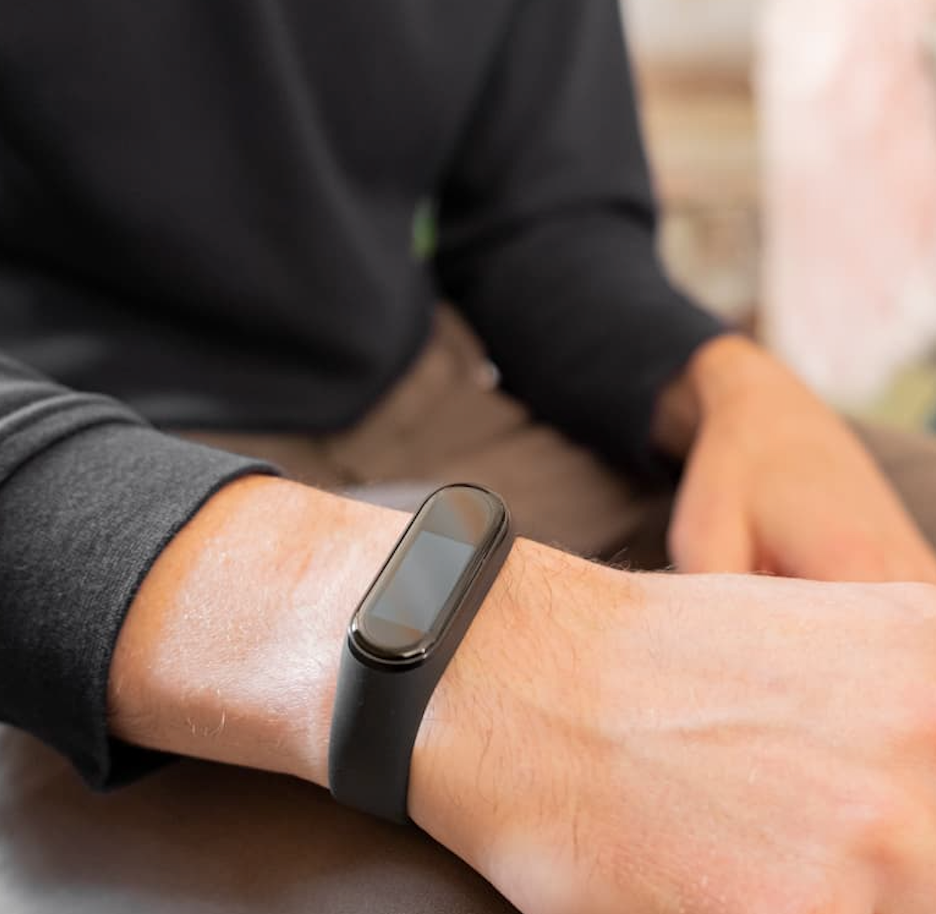Can Remote Patient Monitoring Improve Physical Activity in Patients with Obesity?
Providers and patients found remote monitoring using wearable devices helpful, but both groups highlighted the need for tailored support.
By
Lana Pine
| Published on September 6, 2024
5 min read
Credit: Adobe Stock/Photoboyko

Although an electronic health record (EHR)-based remote patient monitoring (RPM) program was found to be generally acceptable to patients and providers, both groups noted some concerns regarding its implementation, including creating additional work for doctors and the lack of tailored physical activity guidance for patients.
Digital health devices, however, may be a helpful tool to monitor physical activity for patients with obesity, improve interventions, promote health and mitigate disease complications. Additionally, one in five Americans currently use commercial digital health devices.
“With 75% of the current US population with overweight or obesity, increasing physical activity has been a critical public health effort supported by the US Preventive Services Task Force clinical guidelines,” wrote a team of investigators led by Varun Ayyaswami, MD, assistant professor at the University of Massachusetts Chan Medical School. “Lifestyle medicine counseling by physicians during routine care promoted clinically significant weight loss, increased patient motivation and physical activity, and improved diet.”
However, only a small number of primary care practices have implemented RPM programs and less than 20% of patients report receiving weight counseling.
Therefore, investigators conducted a formative study designed to evaluate the perceptions, needs and challenges of employing such a program to promote physical activity among patients using wearable devices.
Participants involved in the study were recruited from the UMass Chan Division of General Internal Medicine and the UMass Memorial Medical Group Primary Care Clinic. The cohort included 10 providers and 8 participants.
First, investigators identified existing workflows to upload the data from wearable devices to the EHR (Epic Systems), which included direct Fitbit integration that allowed for uploaded patient activity data. They then described the clinical workflow to providers and conducted 30-minute semistructured interviews with providers and patients, with the goal of understanding preferences as well as potential barriers to the program.
Visual aids and instructions were given to providers for them to complete an order set, set goals for step-count and receive feedback, and to patients to help set up their devices and connect them to a patient portal account. An analysis was used to create a set of key themes.
Three themes were identified from the interviews conducted with providers:
- Their knowledge of prescribing physical activity was focused on general guidelines and they lacked knowledge on how to tailor this guidance to patients
- Although they were open to receiving data regarding patients’ physical activity, they were concerned about being overburdened by additional data
- They were worried about patients being able to access and participate in digital health interventions
Similarly, three main themes emerged from the patient interviews:
- Patients said they only received limited or nonspecific guidance from their doctors and other resources
- Patients wanted to receive tailored guidance at regular intervals and share exercise metrics with providers
- They wanted written resources to help them set up the program along with access to live assistance if needed.
Although providers wanted to help patients and found the program relatively easy to set up, they were confused about what to suggest to patients regarding physical activity. They were also unsure of what to suggest for patients with specific difficulties, such as pain or an inability to walk. They also mentioned potential equity issues and not wanting to inadvertently cause any financial burden for their patients. Some discussed the challenges they faced when dealing with telehealth appointments during the pandemic, citing logistical issues, age and digital literacy as potential barriers.
Patients wanted more specific guidance beyond the basic advice of reaching a daily 10,000-step goal and common tips like opting to park further away from a store. Some mentioned the benefits of a weekly check-in with their care team, while others thought frequent check-ins would be a hinderance due to their busy schedules. Validating the opinions of providers, some patients spoke about their difficulties with technology and fears that they would not be savvy enough to participate in a digital health program.
“Our ongoing work will use these findings in a pilot study to evaluate the feasibility and acceptability of tailored physical activity counseling leveraging RPM within a primary care practice,” investigators concluded.

